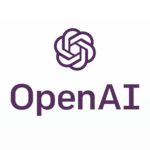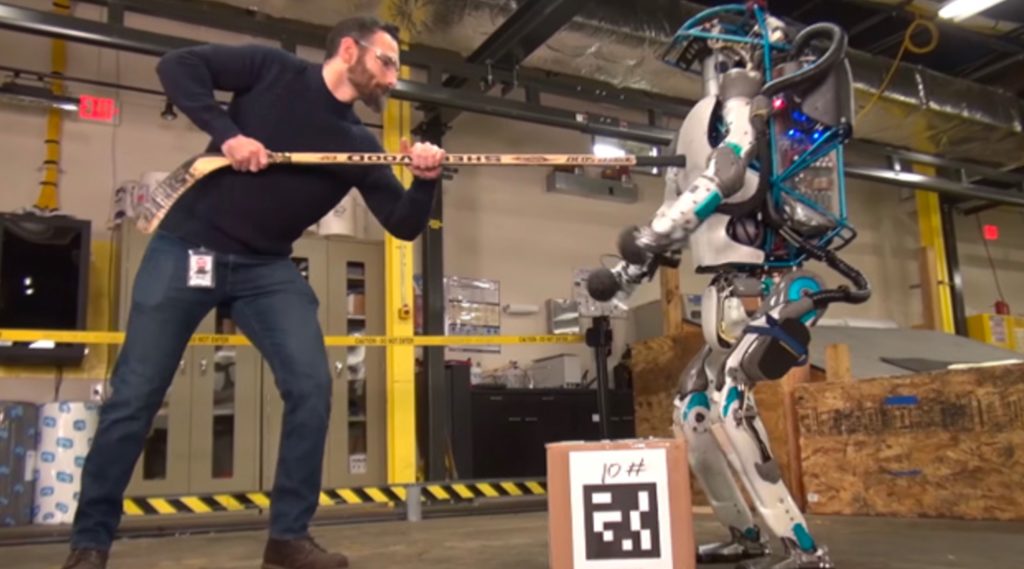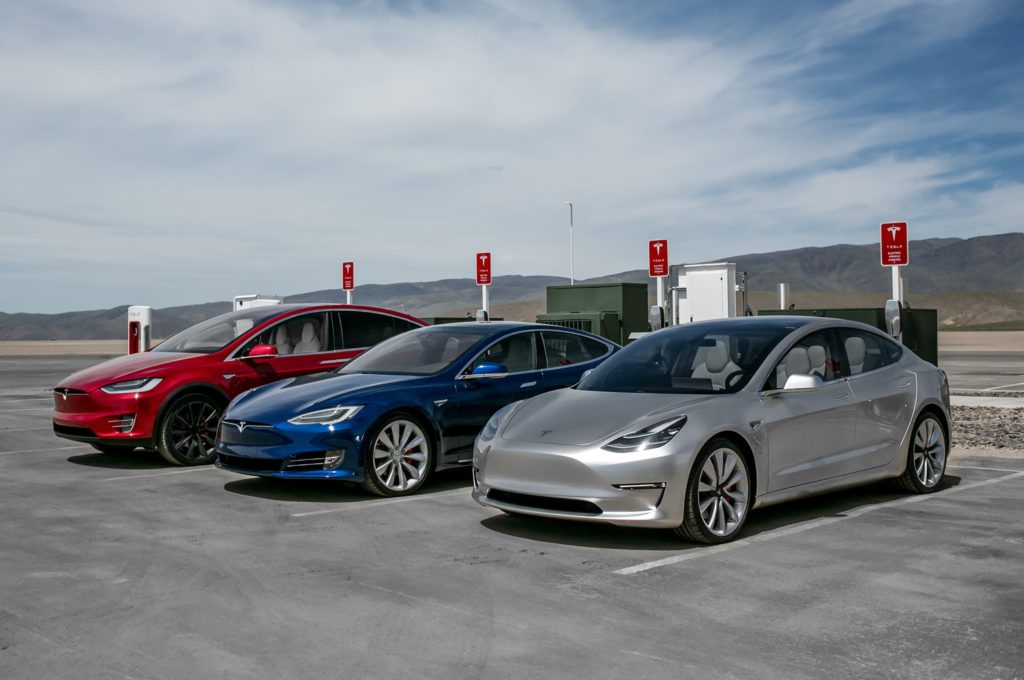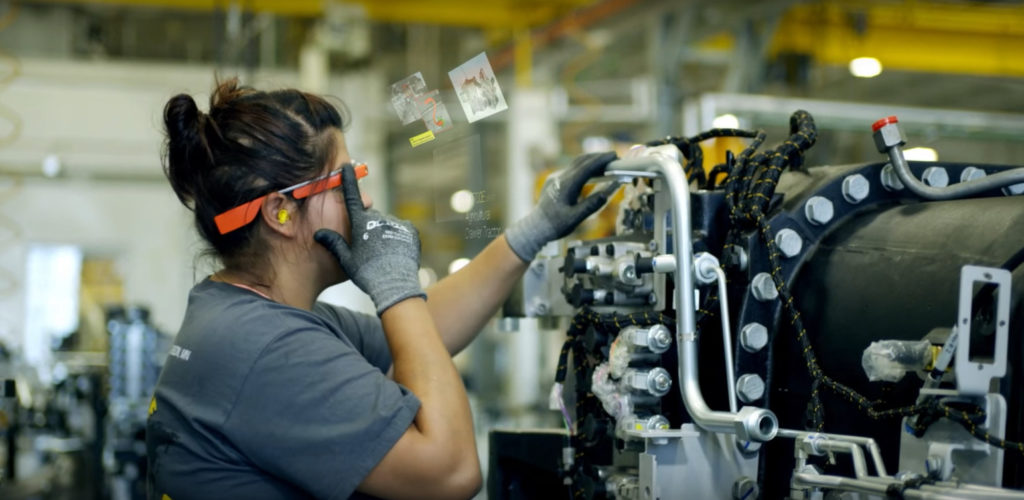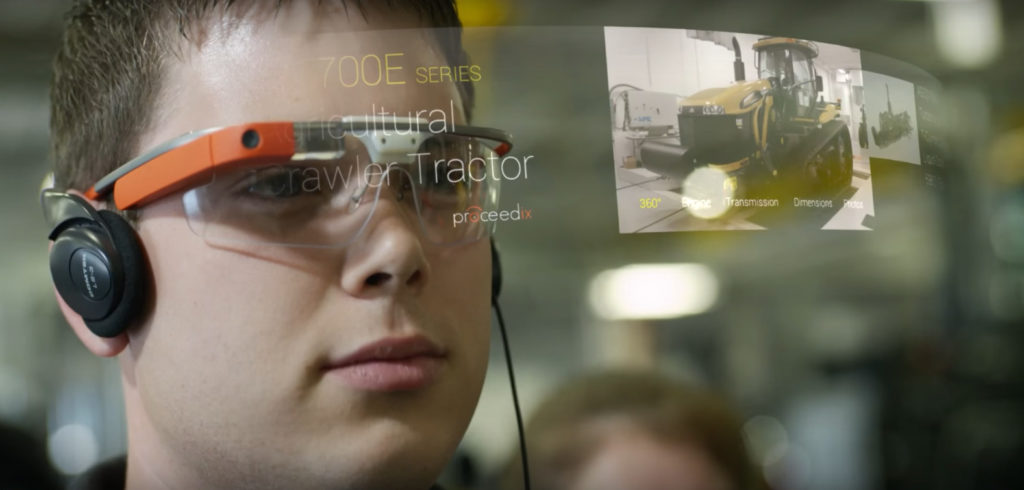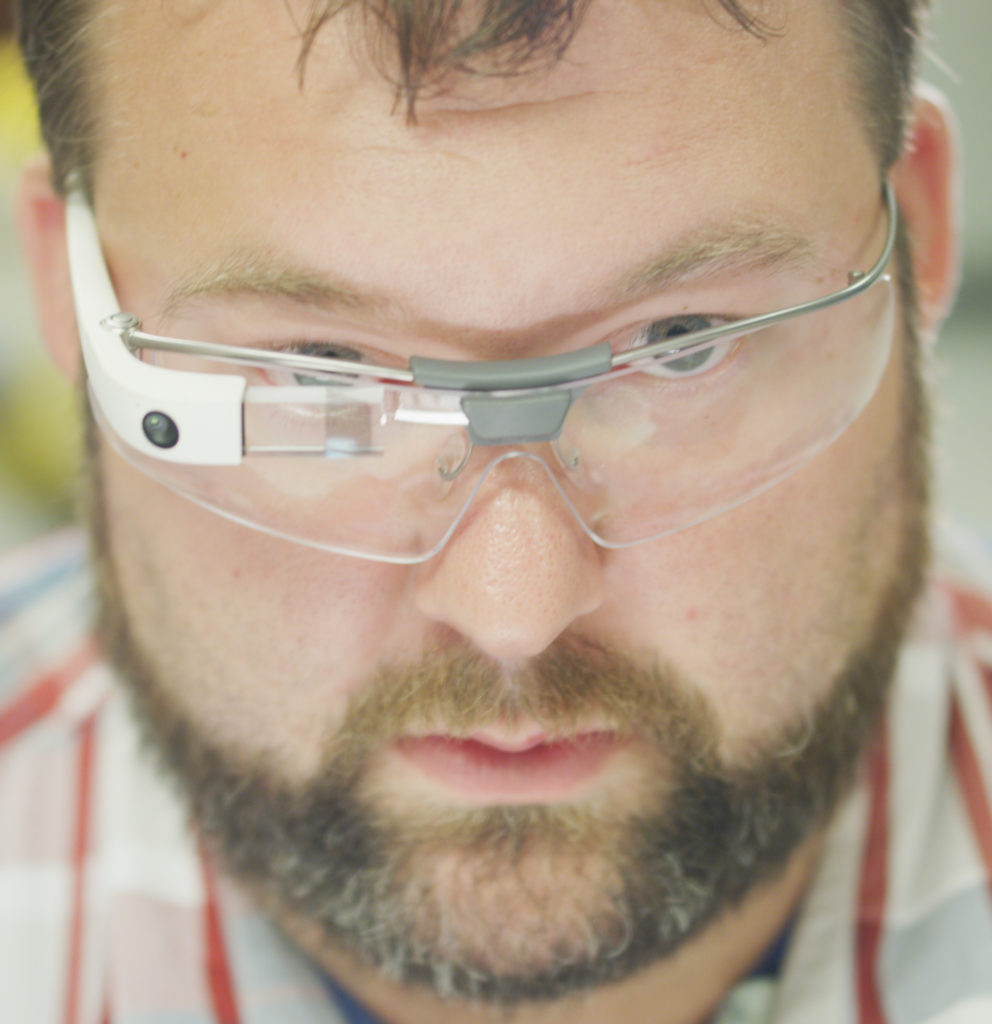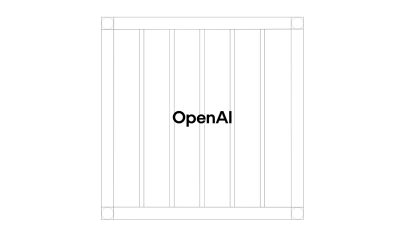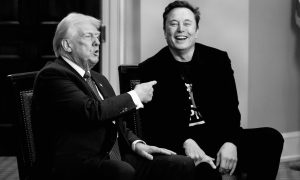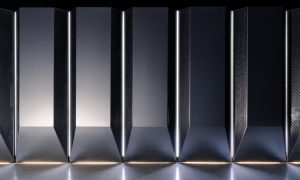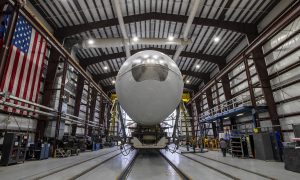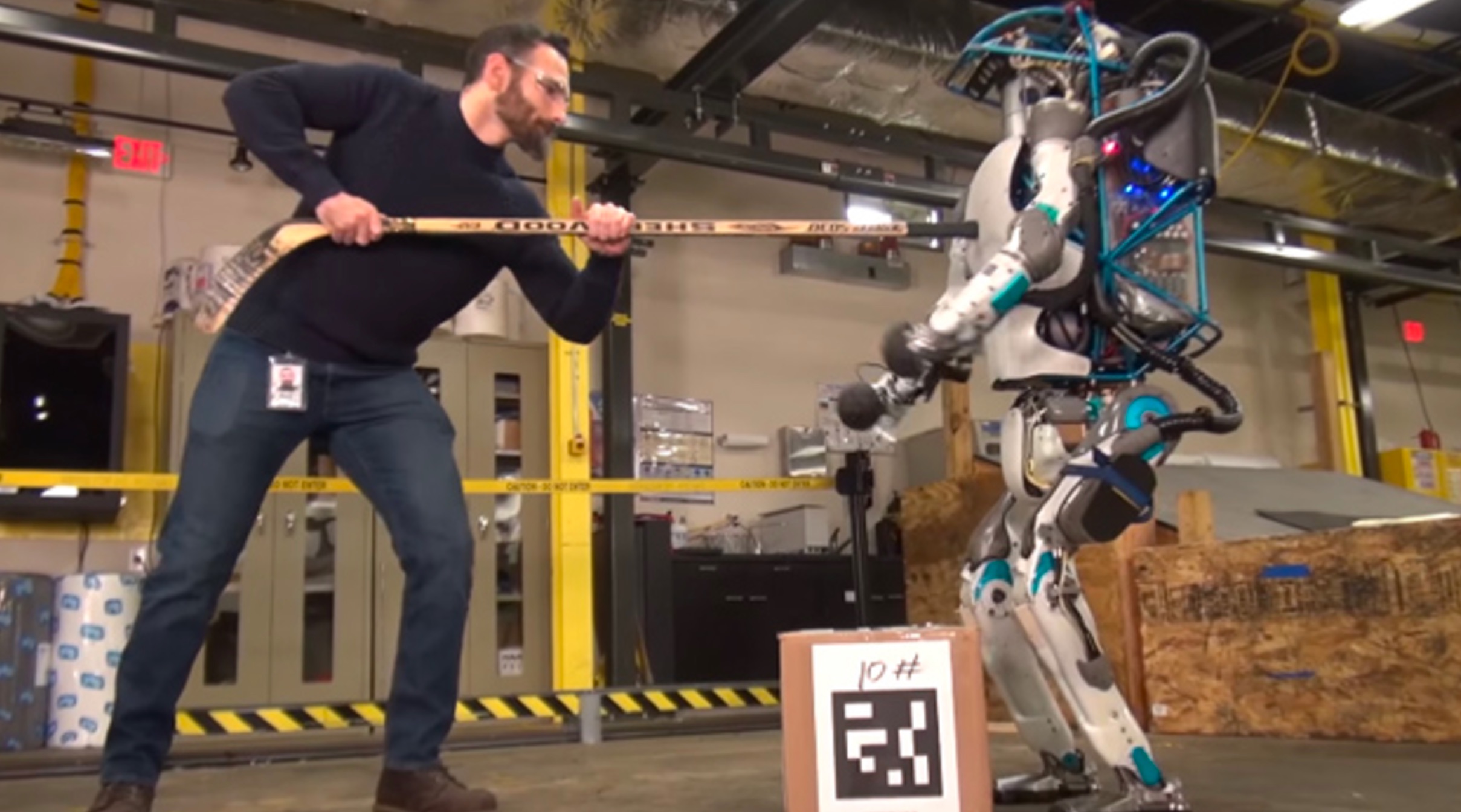

Lifestyle
On the front lines of AI automation, cooperation is key
Over the winding course of the last two or so decades, the world as a whole has experienced wave after wave of cycles of technological development and disruption. Uninterrupted telecommunications, handheld computing, robotics, and artificial intelligence have progressed and proliferated in ways that were not broadly anticipated, and they did so at a pace often faster than predicted.
Recently on the minds of many prominent academic philosophers and less-than-academic laypersons are topics of human-AI interaction both in the present and future. Far more publicly visible is the popular coverage and “discourse” that has over the last several years latched onto a near-universal Zeitgeist of fear and anxiety about artificial intelligence, robotics, and how their cooperation might hasten or enable the obsolescence of purely biological humans.
Yes, Elon has a company for it
Elon Musk is in no way ignorant of these plausible existential risks, and is personally involved in at least two current ventures attempting to better direct scientific and technological resources towards rational solutions and mediation. OpenAI, begun in 2015 as an non-profit for open source artificial intelligence research and development, currently has an endowment of approximately $1 billion and Musk reports spending at least a couple hours of his notoriously busy week with the company. Not one to ever solely tackle the abstract, Musk also cofounded Neuralink, a nanotechnology company hoping to develop a “high bandwidth interface for the nervous system”, in early 2017. Neuralink’s hope is to ensure that humans remain competitive with ever-improving artificial intelligence, particularly once AI reaches a level of general intelligence at or above that of humans.
- While we have no clue what Neuralink’s stealthed work has produced, it’s perhaps the most long-term venture Musk has started. The path to market for medical devices is very long and even more expensive.
Together, OpenAI and Neuralink provide a cohesive narrative. While OpenAI hopes to prevent artificial intelligence from developing or being used in such a way that it harms humanity, the company simultaneously argues that it is “hard to fathom how much human-level AI could benefit society”. Even so, AI with general capabilities equal to or greater than those of humans would inherently create a sort of societal redundancy, whereby AI would combine most of the benefits of human intelligence with the many ways computers are superior to biological computation. The lack of biological limitations would immediately place any AI ahead of any human with comparable capabilities, without even beginning to explore the reality that AI can logically be improved over time through software and hardware updates in ways that humans simply cannot compete with. Neuralink hopes to slip around this logical problem by directly supplementing the human mind with technological elements that might eventually allow for the effortless and intuitive integration of biological and artificial intelligence.
The idea is admittedly Gibsonian upon first examination, in spite of the fact that the concept has almost never been explored thoroughly, even in fiction. A crude idea of what such a technological might feel like can be found by examining less direct examples like Tony Stark’s Jarvis, or even modern day pocketable AI like Siri and Google Assistant. While the immediate thought of having Apple’s Siri as the voice in your head might give some (including the author) spine-tingling shivers of sheer terror, the reality would almost certainly be far more slick. Assuming artificial intelligence continues to rapidly improve and eventually becomes capable of passing the Turing Test, imagine instead the utility and genius of Jarvis directly interfaced with your mind. Rather than using the painfully slow and imprecise bottleneck of human speech, this intelligent and conscious assistant would communicate with you far faster than any human could communicate otherwise. Such an interface would further allow humans to communicate and interact with each other far more efficiently and effectively.
Regardless, talk of superintelligent AI implants is all but highly speculative in the present and is highly unlikely to exist in the near future, barring any sort of paradigmatic and exponential leaps in science and technology over the next few years. The current reality of AI in the eyes of the general public revolves around nonsensical and uninformed fearmongering, largely due to bad reporting on complex scientific research.
The threats of workplace automation
Far more pressing, although considerably less publicized, is the threat of robotic automation of specific tasks and jobs typically performed by humans. This technologically-based economic displacement has regularly occurred throughout the history of humanity, but robotic automation has the potential to completely disrupt economic systems based upon capitalism. Without prompt and aggressive responses to the growing threat of automation, fears of increased economic inequality are arguably warranted. In its current nascent state, automation technology is focused largely on manufacturing.
Somewhat ironically, over the course of the development and construction of Tesla’s Gigafactory 1, cofounder Elon Musk has taken to discussing the highly automated factory as the cornerstone of manufacturing affordable EVs at extremely high volumes.
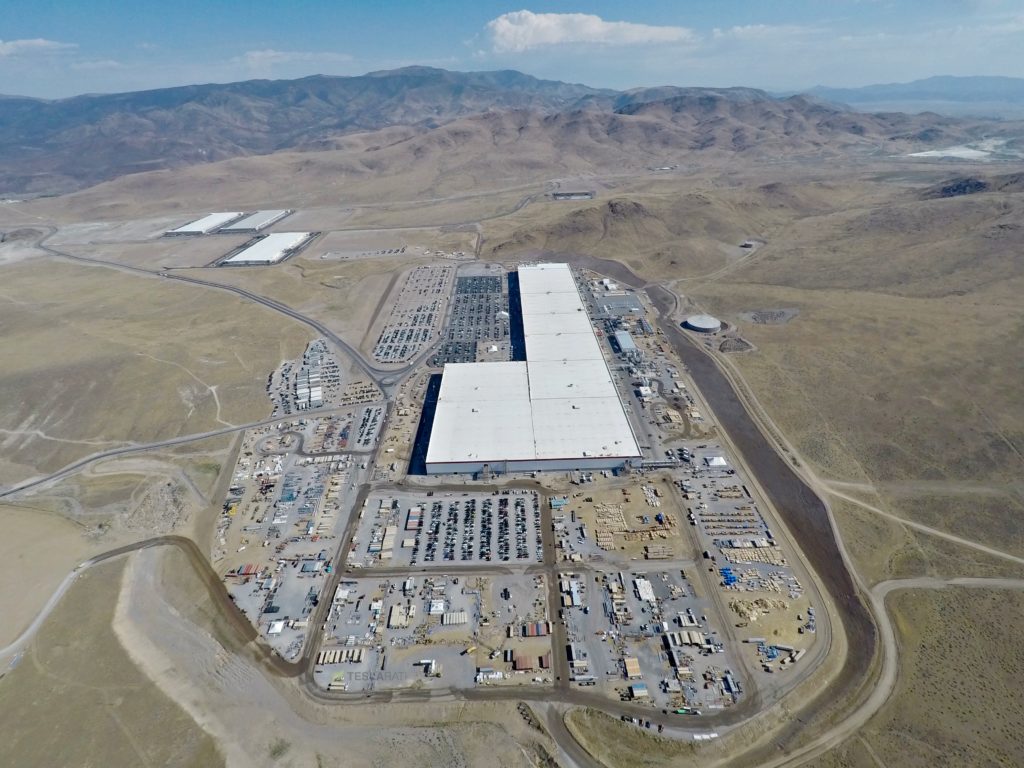
Tesla Gigafactory photos from July 2017 reveal new land being graded for expansion
Even more ironically, the pursuit of a high level of automation in the Gigafactory and the company’s Fremont facilities has been partially motivated by extremely high demand for Tesla’s Model 3, of which fully autonomous self-driving capabilities have been a major source of excitement and publicity. Musk and Tesla eventually hope to offer true autonomy to recently manufactured vehicles by way of a software update, and the company eventually wants to introduce a “Tesla Network” where an owner’s car can be allowed to act as a self-driving taxi when not in use, thus logically earning its owner money. While today’s “gig economy” has enabled some form of flexibility and freedom, it has also allowed for large corporations to more easily exploit its workers. Furthermore, companies like Uber and Lyft are aggressively engaged in the development of their own autonomous driving systems, given the potentially lucrative margins autonomous taxi services might offer their shareholders.
In relatively free economies that encourage competition between corporate entities, even the most empathetic and philanthropic companies must inherently remain competitive to ensure their continued existences. In the likely event that technology continues to expand and improve its affordable alternatives to human labor, the only conceivable methods of safeguarding humanity involve universal corporate cooperation to forego profit margins and the desires of shareholders, aggressive and intelligent government regulation, or the improvement humans in order for them to remain competitive. For reasons too broad to discuss here, the first two methods are arguably very unlikely to happen to or to at least occur in a beneficial manner.
While the actual social and economic issues that are behind and will be created by the issue of automation are vast, abstract, and horrifyingly complex, the third option, however, just might work in the interim. Elon Musk has storied and largely successful history of exploiting the competitive market in order to introduce products that seek to intrinsically benefit humanity as a whole. While financially assisted by NASA, SpaceX managed to efficiently develop a uniquely affordable launch vehicle that has since captured a large market share of the launch industry. The eventual profits from this and other interconnected goals will fund and attempt to make humanity multiplanetary, thus protecting our species from single-planet mass extinction events. Tesla pursued the development of high quality electric vehicles that consumers then chose to purchase in volumes that outclassed their competitors, which allowed them to fund the development of a mass-market EV that might rapidly hasten humanity’s move away from gasoline-driven cars. SolarCity, now a part of Tesla, pursued different economic models that worked to make solar installations viable for private homes. With SolarCity now integrated into Tesla’s Energy branch, the company will be able to sell beautiful, long-lasting solar roofs and affordable electric vehicles at the same time, to the same customer.
To put it simply, Elon Musk strives to create uniquely capable and affordable products that strategically benefit humanity. If a company can create an exceptionally competitive product that also happens to benefit the world and the consumer, then a lightly regulated economy can in fact be manipulated into accomplishing abstract, philanthropic, and long-term goals. Neuralink and OpenAI are arguably the most difficult challenges yet for Musk’s strategy, given the chronic immaturity of both the science and technology needed in relation to their purposes. From a theoretical perspective, however, the potential draw of products and knowledge the companies might create are obvious. A true high-bandwidth neural interface for humans could provide a vast array of beneficial uses, ranging from memory improvement to things like the ability to instantaneously learn new skills. The reality that the project will undoubtedly require a better understanding of human consciousness is also certain to be a major source of intrigue for the general public, as well as those interested in studying neuroscience and medicine in general.
- Tesla’s Model S, X, and 3. (Motor Trend)
- SpaceX’s Falcon 9 has become a force to be reckoned with in the competitive global launch industry. (SpaceX)
Success on the front lines
While the prospect of a future of highly intelligent AI and equally capable robotics is daunting and easily exploited to strike fear into the hearts of non-experts, there are plenty of reasons to remain optimistic that the worst-case scenarios often treated as inevitable are highly unlikely. Enter an unusual and controversial piece of technology: Google Glass. Initially released in 2013 as a developer-focused experiment, the device immediately rose into the publicly eye after several unfortunate occurrences, gaining a considerable degree of mockery and disapproval. While its failure as a consumer technology was effectively guaranteed shortly after its limited release, the device has since become an invaluable tool and steady niche market for manufacturing companies and several other industries. More recently, Google became aware of this growing niche use-case and worked with the companies using it to develop a new, enterprise-focused version of Glass, which was publicly acknowledged and released earlier this year.
The most extraordinary aspect of this already-intriguing story is the reception the device has received at the companies that have been trialling it over the last several years. Not only has the relatively simple augmented reality device become a sign of things to come for the future of manufacturing workers, the companies that have taken to it have begun to report truly amazing benefits realized through its use. It has been credited with cutting necessary training times from 10 days to 3 days, making the completion of tedious and complex tasks as much as 25-30% faster, improving the efficiency of warehouse workers by more than half, and drastically lowering error rates when using torque wrenches.
AGCO, a massive agriculture-focused manufacturing company, plans to aggressively grow the number of workers using the devices on their factory floors. DHL has begun the process of incorporating Glass Enterprise Edition into the workflow of every single one of their 2000+ distribution facilities around the world. The device has also shown significant utility in fields related to health care, and is being trialled by Sutter Health, based in Northern California. The success seen with Glass in these fields flies in the face of automation fear-mongering, particularly given the common attribution of manufacturing jobs as those most at risk from automation. The fact that high-profile economic advisers of massive corporations believe that “combinations of humans and machines outperform either working alone [for many jobs]” is a testimony to the potential of humans augmented by computers. Even if or when robotic alternatives become more affordable than human workers, it is clear that augmenting humans can result in efficiency and effectiveness that can easily rival purely autonomous systems of manufacturing, particularly for more complex tasks. At some point, it becomes the only rational path forward when automating tasks might cost a company tens or hundreds of thousands of dollars up front per worker, while adopting forms of worker augmentation could be expected to cost $1,000-$5,000 each (Glass EE is about $1,500).
- (AGCO)
- (AGCO)
- (AGCO)
The future is bright
There are still plenty of reasons to retain hope for the future of human-robot and human-AI cooperation and coexistence. While it is impossible to deny that there will always be uncertainty about what might or what could occur, real world examples of the reality of those relationships suggest that the future could be bright. Just recently, OpenAI revealed that it has developed AI capable of beating the best known humans of a highly complex modern video game, Defense of the Ancients 2 (Dota 2). Future goals for the AI include building a full five-person team of AIs, and eventually integrating the AIs they develop into teams of humans in the hope of surpassing either humans or AI working by themselves. The corollaries with the success of Google Glass EE are obvious, but the consequences of OpenAI successfully pursuing human-AI cooperation in complex and unintuitive environments would be vastly more significant. While cooperative human-AI gaming might not seem consequential, even if successful, it opens the door for the development of more tangible, realistic applications.
Of course, it is still rational and arguably necessary to work to safeguard humanity from the potentially worrisome outcomes, and companies like OpenAI and Neuralink will undoubtedly continue to pursue their ultimate goals of doing so. At the worst, they can be expected to develop technologies and knowledge that have the potential to benefit humanity as a whole. Neutral, cooperative AI would be truly incredible on its own, as would a truly high bandwidth, multipurpose neural interface for humans. Whatever outcomes the future holds, humanity is clearly standing on the edge of many a precipice of far-reaching technological disruption. Stay tuned.
Lifestyle
Elon Musk seemingly confirms Cybertruck gift to 13-year-old cancer fighter
Diagnosed in 2018 with a rare form of brain and spine cancer with no cure, the teen has undergone 13 surgeries by the time he was 12.
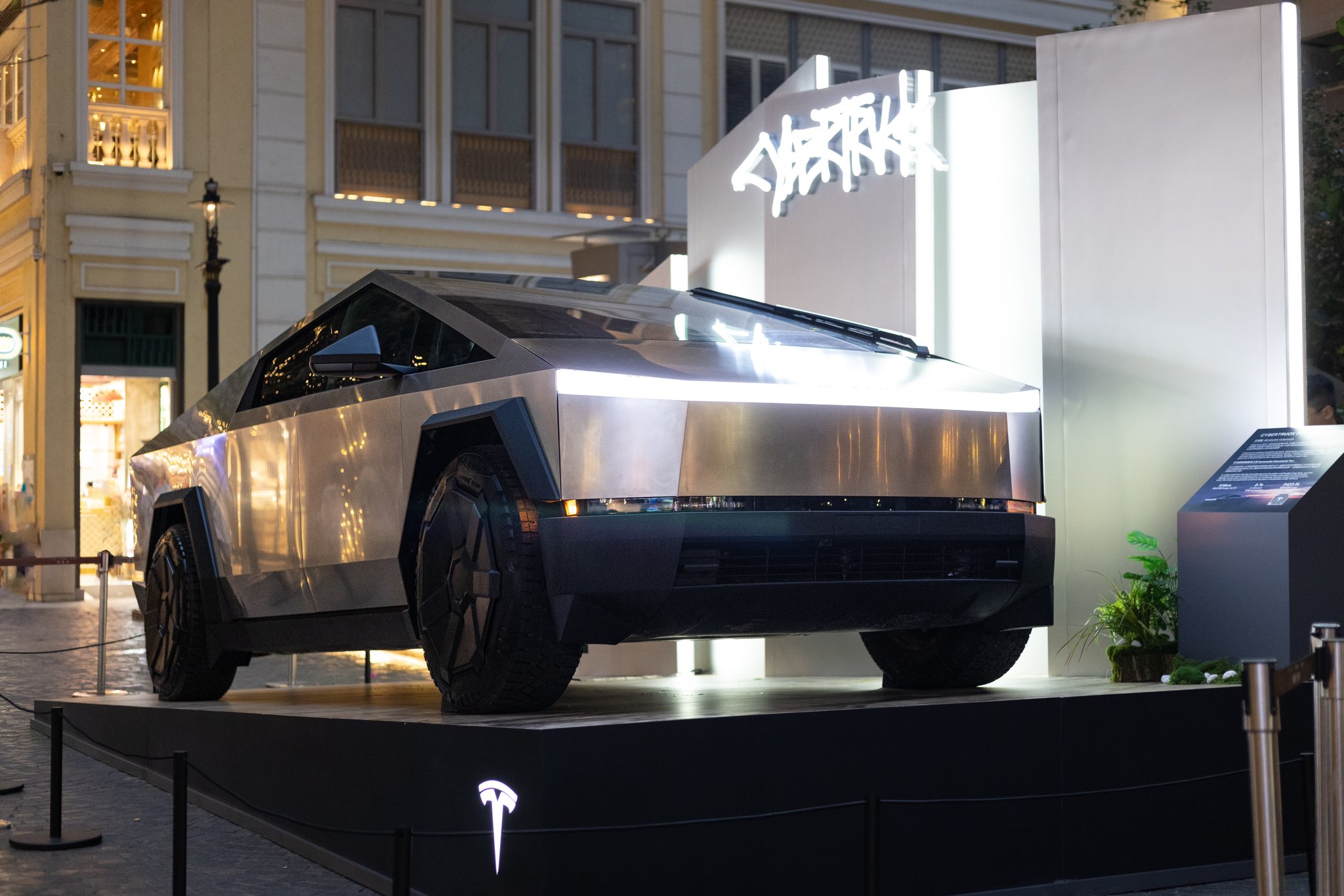
Elon Musk has seemingly confirmed that he will be sending a Tesla Cybertruck to 13-year-old Devarjaye “DJ” Daniel, a 13-year-old Houston boy fighting brain cancer. The teen was recognized as an honorary Secret Service member by U.S. President Donald Trump during his address to Congress on Tuesday.
A Chance Meeting
The Tesla CEO’s Cybertruck pledge was mentioned during DJ’s short interview with CNN’s Kaitlan Collins. When Collins asked the 13-year-old what he told the Tesla CEO, DJ answered that he asked for a Cybertruck.
“I said, ‘can you do me a big favor, when you get back to Houston can you send us a Cybertruck down there?’” the cancer fighter stated.
Daniel noted that Musk responded positively to his request, which was highlighted by Collins in a post on X. Musk responded to the post with a heart emoji, suggesting that he really will be sending a Cybertruck to the 13-year-old cancer fighter.
Teen’s Cancer Battle Inspires
Diagnosed in 2018 with a rare form of brain and spine cancer with no cure, Daniel has undergone 13 surgeries by the time he was 12. During his speech, Trump highlighted the 13-year-old’s long battle with his disease.
“Joining us in the gallery tonight is a young man who truly loves our police. The doctors gave him five months at most to live. That was more than six years ago. Since that time, DJ and his dad have been on a quest to make his dream come true,” Trump stated.
Daniels officially received an honorary badge from U.S. Secret Service Director Sean Curran, to much applause during the event.
Surprisingly Partisan
While Daniels’ story has been inspiring, Trump’s focus on the 13-year-old cancer fighter has received its own fair share of criticism. MSNBC host Nicolle Wallace, while referencing Daniels’ love for law enforcement, noted that she is hoping the 13-year-old never has to defend the U.S. capitol against Trump supporters. “If he does, I hope he isn’t one of the six who loses his life to suicide,” Wallace stated.
Anti-Musk and Trump accounts on X have also thrown jokes at the cancer fighter’s honorary badge, with some dubbing the 13-year-old as a “DEI hire” that should be looked into by DOGE.
Lifestyle
Tesla owner highlights underrated benefit of FSD Supervised
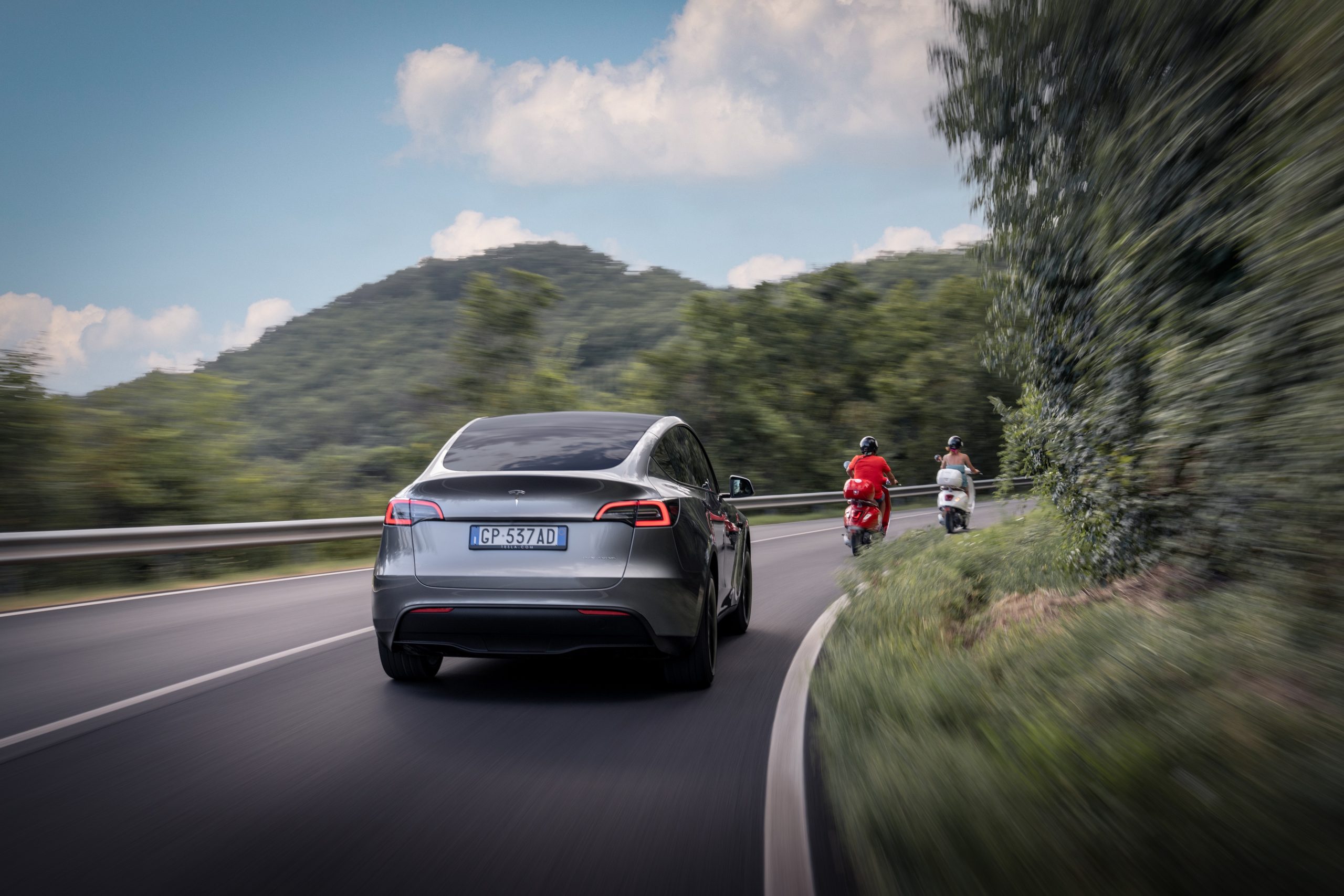
Elon Musk has been pretty open about the idea of FSD being the difference maker for Tesla’s future.
If Tesla succeeds in achieving FSD, it could become the world’s most valuable company. If it doesn’t, then the company would not be able to reach its optimum potential.
FSD Supervised’s safety benefits:
- But even if FSD is still not perfect today, FSD Supervised is already making a difference on the roads today.
- This was highlighted in Tesla’s Q4 2024 Vehicle Safety Report.
- As per Tesla, it recorded one crash for every 5.94 million miles driven in which drivers were using Autopilot technology.
- For comparison, the most recent data available from the NHTSA and FHWA (from 2023) showed that there was one automobile crash every 702,000 miles in the United States.
This morning, Tesla FSD proved to be an absolute godsend. I had to take my brother-in-law to the hospital in Sugar Land, TX, which is 40 miles away, at the ungodly hour of 4 AM. Both of us were exhausted, and he was understandably anxious about the surgery.
— JC Christopher (@JohnChr08117285) January 29, 2025
The convenience of…
FSD user’s tale:
- As per an FSD user’s post on social media platform X, FSD Supervised was able to help him drive a relative to a medical facility safely even if he was exhausted.
- During the trip, the driver only had to monitor FSD Supervised’s performance to make sure the Tesla operated safely.
- In a vehicle without FSD, such a trip with an exhausted driver would have been quite dangerous.
- “This morning, Tesla FSD proved to be an absolute godsend. I had to take my brother-in-law to the hospital in Sugar Land, TX, which is 40 miles away, at the ungodly hour of 4 AM. Both of us were exhausted, and he was understandably anxious about the surgery.
- “The convenience of sending the hospital’s address directly from my iPhone to my Tesla while still inside my house, then just a single button press once inside, and 40 miles later we were precisely in front of the hospital’s admissions area.This experience really underscores just how transformative this technology can be for society,” Tesla owner JC Christopher noted in his post.
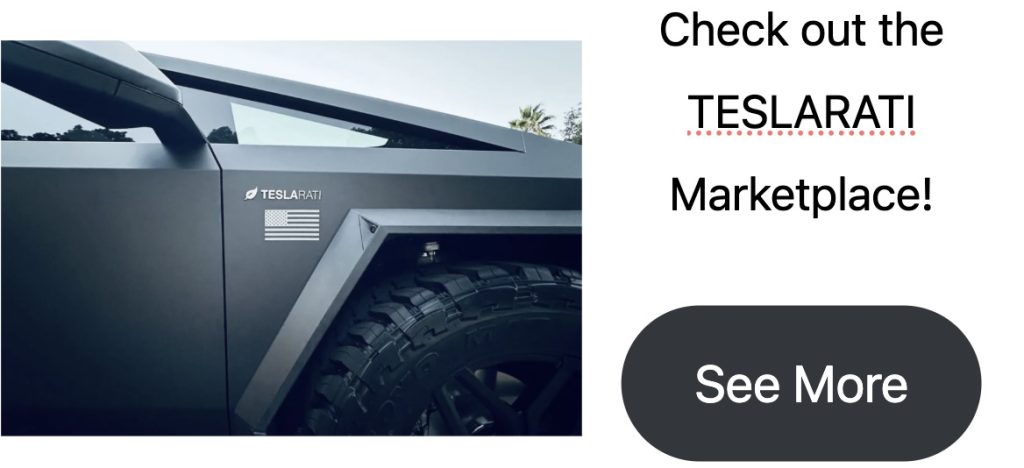

Don’t hesitate to contact us with news tips. Just send a message to simon@teslarati.com to give us a heads up.
Lifestyle
Tesla Optimus “stars” in incredible fanmade action short film
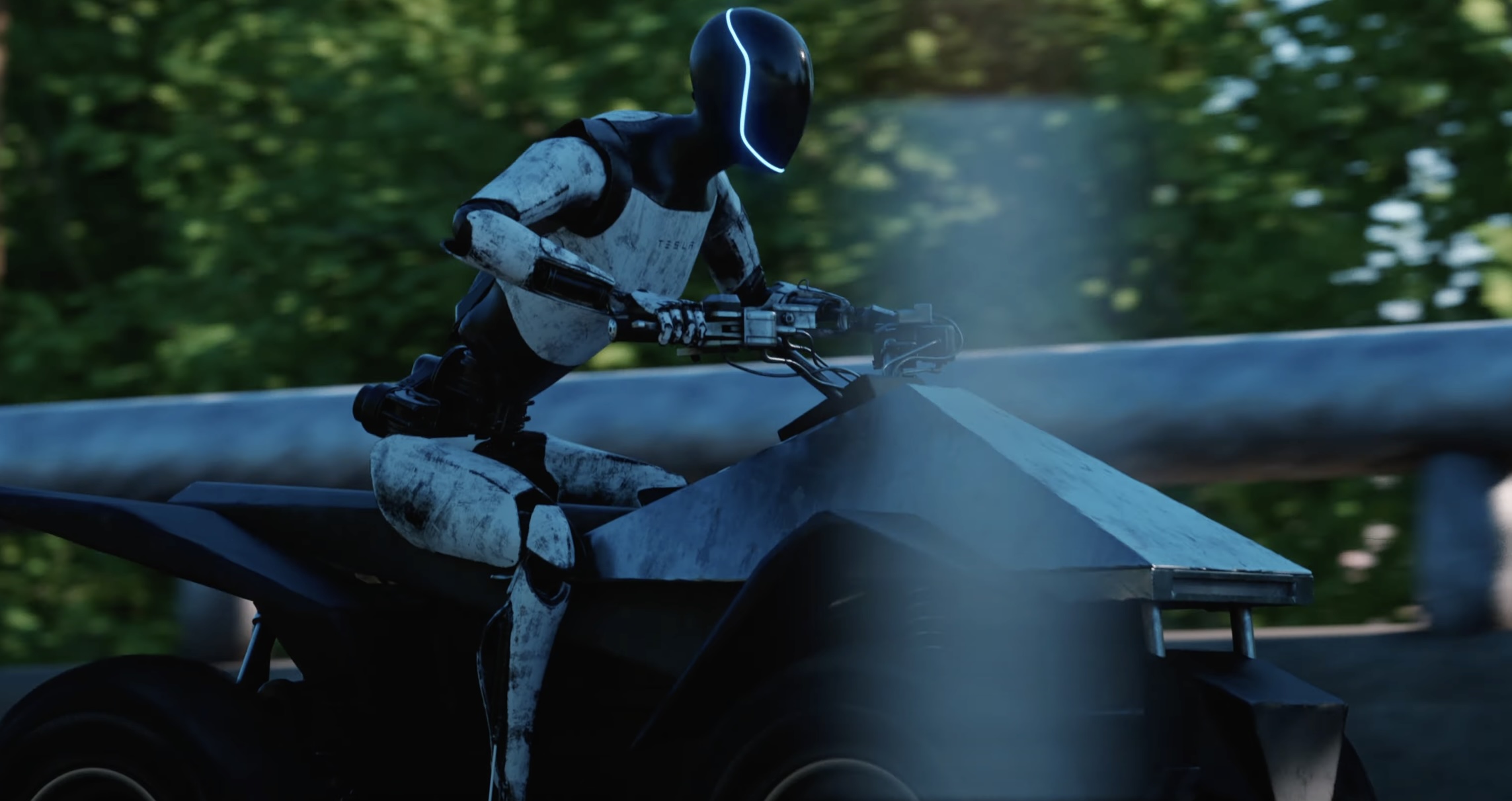
There are few things that prove an enthusiast’s love towards a company more than a dedicated short film. This was highlighted recently when YouTube’s SoKrispyMedia posted a 10-minute action movie starring Optimus, Tesla’s humanoid robot, as well as several of the company’s most iconic products.
The video:
- Shot like a Hollywood action flick, the video featured a rather humorous plot involving a group of thieves that mistakenly targeted a Tesla Model 3 driver.
- The Model 3 driver then ended up speaking to Tesla for assistance, and some high-octane and high-speed hijinks ensued.
- While the short film featured several Tesla products like the Model 3, Superchargers, and the Cybertruck, it is Optimus that truly stole the show.
- Optimus served several roles in the short film, from an assistant in a Tesla office to a “robocop” enforcer that helped out the Model 3 driver.
Future Robo-cop @Tesla_Optimus
— SOKRISPYMEDIA (@sokrispymedia) January 12, 2025
full video: https://t.co/TXpSRhcP5K pic.twitter.com/YFHZ7siAP7
Cool inside jokes:
- The best Tesla videos are those that show an in-depth knowledge of the company, and SoKrispyMedia definitely had it.
- From the opening scenes alone, the video immediately poked fun at TSLA traders, the large number of gray Tesla owners, and the fact that many still do not understand Superchargers.
- The video even poked fun at Tesla’s software updates, as well as how some Tesla drivers use Autopilot or other features without reading the fine print in the company’s release notes.
- The video ended with a tour de force of references to Elon Musk products, from the Tesla Cybertruck to the Boring Company Not-a-Flamethrower, which was released back in 2018.
Check out SoKrispyMedia’s Tesla action short film in the video below.
Don’t hesitate to contact us with news tips. Just send a message to simon@teslarati.com to give us a heads up.
-

 News2 weeks ago
News2 weeks agoTesla rolls out new, more affordable trim of the Model Y Juniper in U.S.
-
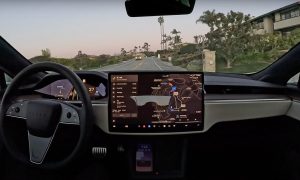
 News2 weeks ago
News2 weeks agoTesla expands Early Access Program (EAP) for early Full Self-Driving testing
-
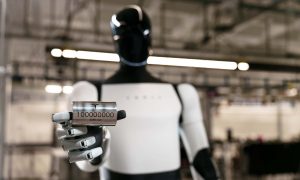
 News2 weeks ago
News2 weeks agoTesla celebrates key milestone for 4680 battery cell production cost
-
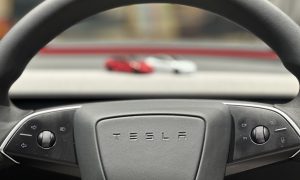
 Investor's Corner2 weeks ago
Investor's Corner2 weeks ago“Nothing Magnificent about Tesla (TSLA),” claims Jim Cramer
-
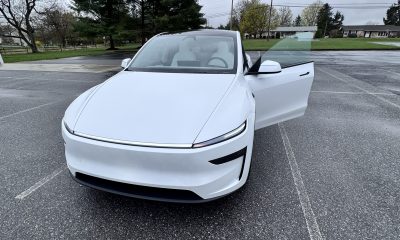
 News1 week ago
News1 week agoI took a Tesla new Model Y Demo Drive – Here’s what I learned
-
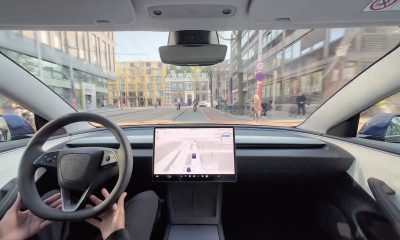
 News2 weeks ago
News2 weeks agoTesla Europe shares FSD test video weeks ahead of launch target
-
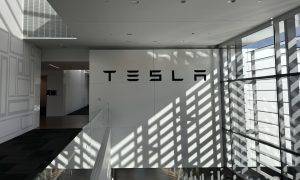
 News2 weeks ago
News2 weeks agoThis Tesla executive is leaving the company after over 12 years
-
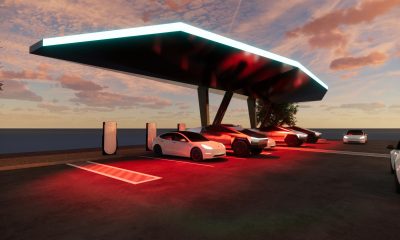
 Elon Musk2 weeks ago
Elon Musk2 weeks agoTesla is building a new UFO-inspired Supercharger in the heart of Alien country


